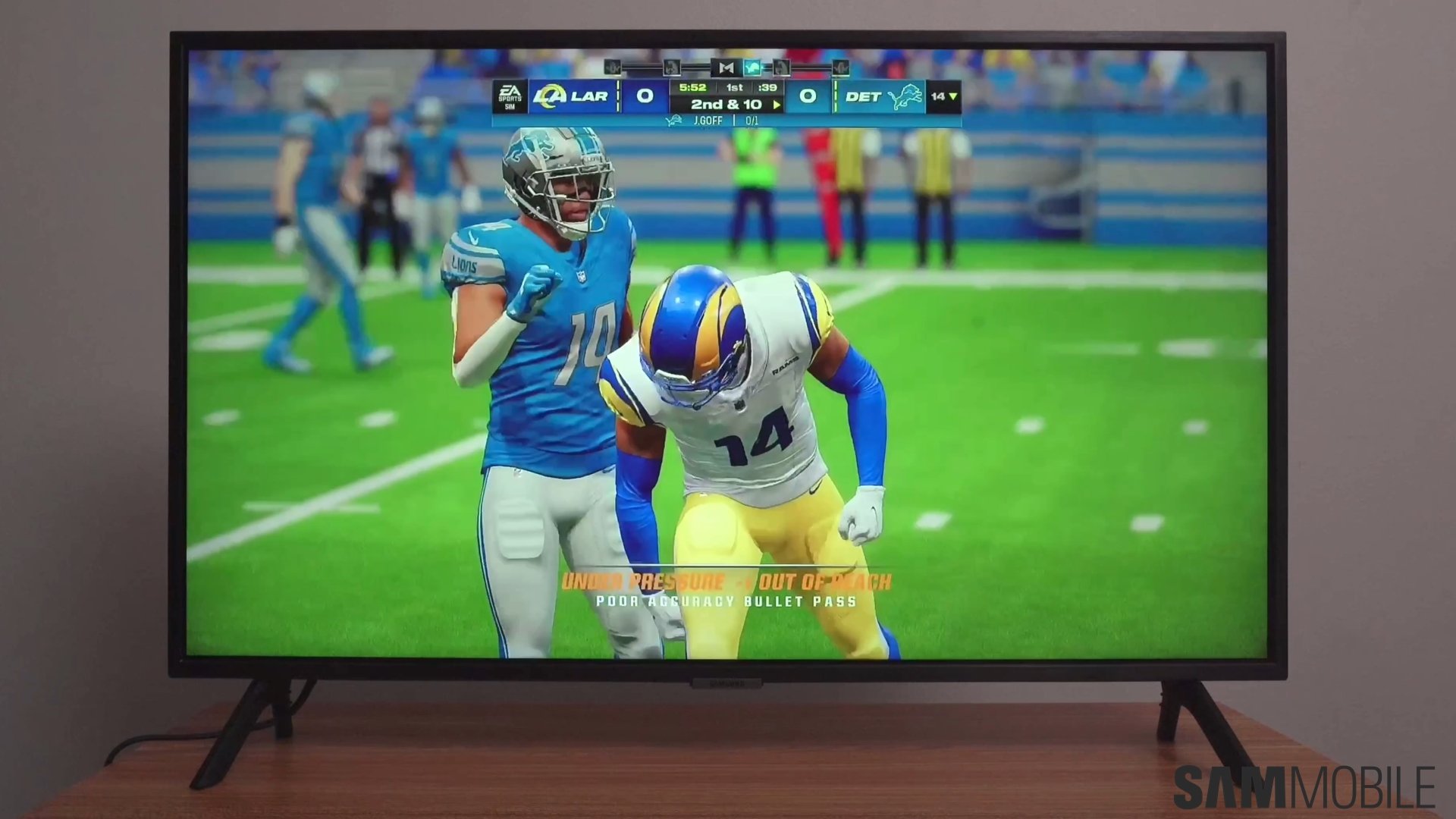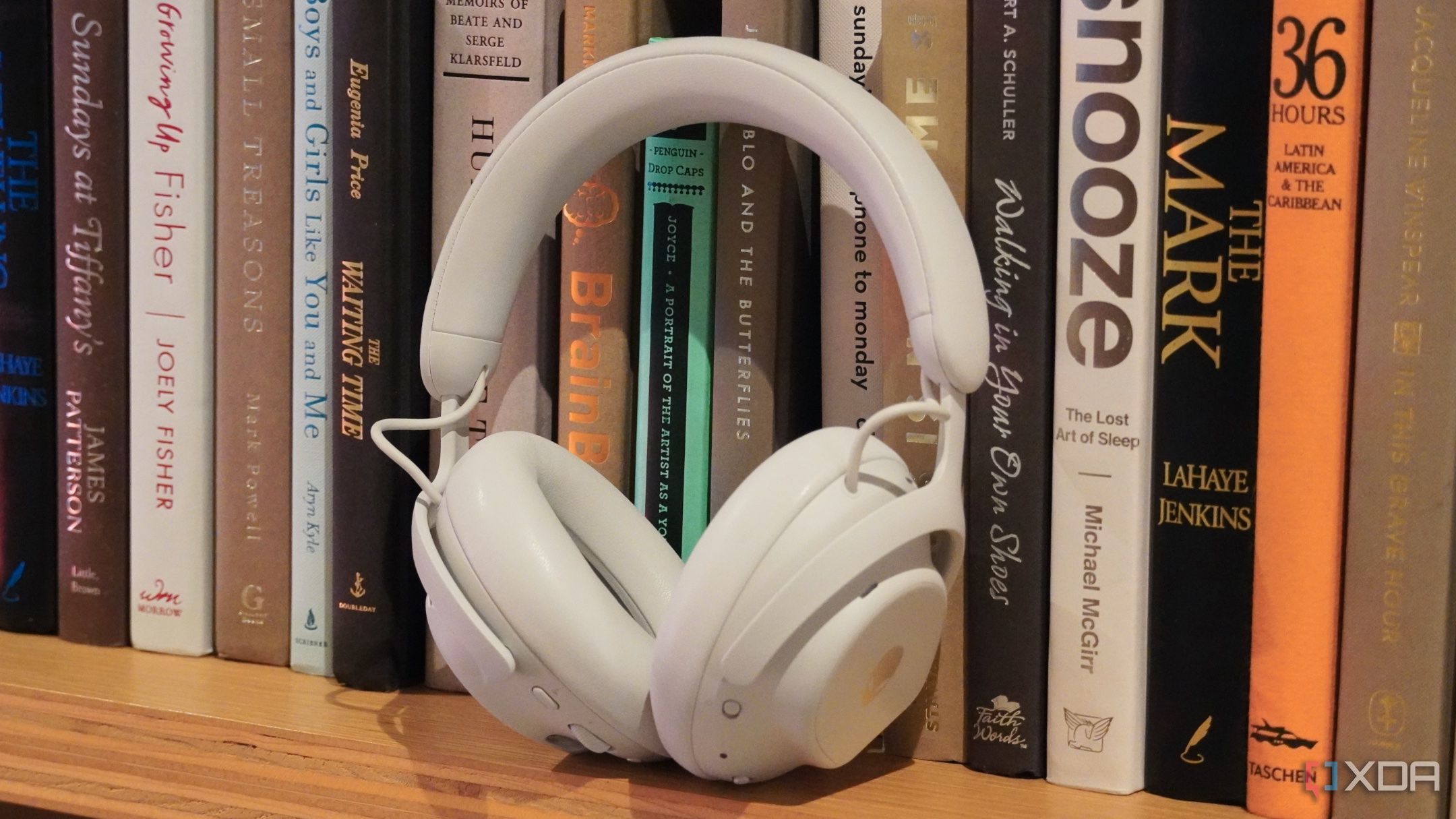If Apple’s eating $900 million in tariffs, what hope does Samsung have?
Tariffs have dominated the conversation over the past month. Announced rapidly and at varying rates for different countries, these have upended supply chains and forced companies to contend with either having to absorb the increased costs of importing products into the United States or pass that on to customers in the form of a price […] The post If Apple’s eating $900 million in tariffs, what hope does Samsung have? appeared first on SamMobile.

Tariffs have dominated the conversation over the past month. Announced rapidly and at varying rates for different countries, these have upended supply chains and forced companies to contend with either having to absorb the increased costs of importing products into the United States or pass that on to customers in the form of a price hike.
The US imposed cumulative tariffs of 145% on imports from China. This meant that if you import something worth $100 from the country, you'll have to pay $145 on top of that just to have that product clear customers, so the landed cost becomes $245 before you can sell it on to customers. Since the majority of iPhones destined for the US are made in China, some estimates suggested that at these rates, iPhone prices in the US could touch as high as $3,000.
Tariffs could end up making flagship phones more expensive in the US
Samsung doesn't have as much China exposure as Apple since Vietnam is where Samsung phones are made. The country has one of Samsung's biggest manufacturing facilities that devices made there are exported all over the world, including the US. However, Vietnam got hit with a 46% tariff rate, so even Samsung would have to shift production to somewhere with a lower rate.
Companies like Apple and Samsung haven't really quantified what the financial impact of these tariffs could be on them in one single quarter, until now, as Apple has provided some sense of just how costly they will be for the company.
Speaking during the company's Q1 2025 earnings call, Apple CEO Tim Cook said that while the company can't precisely estimate the impact of tariffs since the situation is fluid, but did estimate that if the status quo remains and no new tariffs are added, “we estimate the impact to add $900 million to our costs.”
Take a second to understand the gravity of this, Apple may take a hit of nearly a billion dollars every quarter, assuming the situation doesn't get worse. Sure, the figure is less than 1% of the $95.4 billion in Q1 2025 revenue that Apple brought in, but a billion dollars is a billion dollars. That's the kind of number that makes headlines and will give other tech companies cause to sit up and take notice, Samsung included.
Apple is following Samsung to India, as its 26% tariff rate is still considerably lower than Vietnam. The company will get iPhones meant for the US made in India, while iPad, Mac, and other products would be made in Vietnam. iPhones for the rest of the world will continue to be made in China. Samsung is also expected to use its India plant to produce devices meant for sale in the United States, just to take advantage of the lower tariff rate.
This supply chain pivot may work, until it doesn't. There's no telling how the tariff landscape could change in a few months, something that Apple repeatedly cautioned about in its earnings call, so the actual cost to pay could end up being more than $900 million per quarter.
The tariffs may expose Samsung to more financial risk than Apple. The Cupertino company primarily makes consumer products like smartphones, tablets, wireless earbuds, computers, etc. Samsung makes all of that and it makes components like camera sensors, batteries, and not to mention semiconductors, which are subject to separate tariff environment.
Samsung fans shouldn't get too comfortable that this $900 million tab will put Apple on the backfoot against it in the US, the financial risk for Samsung could be even higher. The numbers that Apple has shared aren't just a prediction for the company itself, it's a glimpse into a strained high-end smartphone market where even global titans are feeling the squeeze.
If things get worse or even if they stay as they are, both Apple and Samsung will have no other option than to either raise smartphone priced in the US or reduce their margins on the device. When flagship phones start costing $1,300 or more, they may end up pricing out a lot of customers, leading to a loss in sales for these companies, which in turns will only compound the financial hit every quarter.
Ultimately, it won't matter if you'd rather have an iPhone or a Galaxy S Ultra, if the tariff pain keeps stacking up like this. The smartphone market might contract for everyone and your next upgrade could be a lot less “Ultra” than you'd expect.
The post If Apple’s eating $900 million in tariffs, what hope does Samsung have? appeared first on SamMobile.








